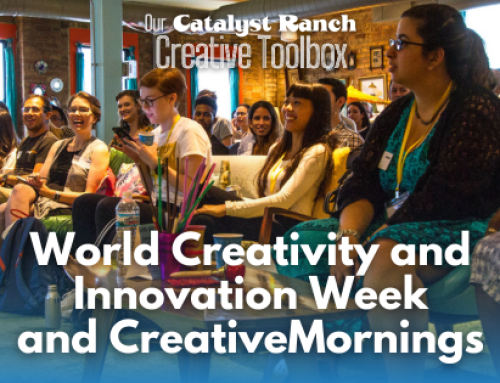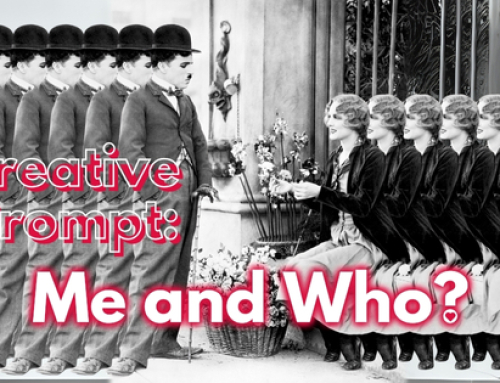
Today is April 21, or as we know it, the annual World Creativity & Innovation Day!
In our reflection on the occasion, we were able to dive into a blog post written by Beth Miller, Executive Director of the Creative Education Foundation. In reading it, we learned a lot about the origins of ‘Creative Problem Solving’, and it brought a new lens to look at innovations and inventions we benefit from every day.
In Miller’s writing, we learned that Dr. Ruth Noller is the often overlooked, female contributor to the Osborne-Parnes Creative Problem Solving process, which inspired much of what is taught today as Creative Problem Solving.
(C)reativity is the (f)unction of (K)nowledge, (I)magination, and (E)valuation, all influenced by one’s (a)ttitude.
One of Noller’s groundbreaking ideas is her formula for Creativity: C = ƒa(KIE), where (C)reativity is the (f)unction of (K)nowledge, (I)magination, and (E)valuation, all influenced by one’s (a)ttitude.
And those elements got us thinking about all the goings-on that led to groundbreaking innovations which we take for granted today.

Just one of those innovations, which coincidentally is a source of local pride, is the electric dishwasher. Josephine Cochran patented the first of its kind.
In 1886, Cochran proclaimed in disgust, “If nobody else is going to invent a dish washing machine, I’ll do it myself.” And she did. Her dishwasher was the first to use water pressure instead of scrubbers to clean the dishes.
Cochran certainly had a problem to solve, having a household in the 1880s. She had innate (I)magination; an acquired (K)nowledge in building and mechanics; and a history with (E)valuation from having a father who was an inventor and civil engineer.
And the (a)ttitude to solve the problem was affected, surely, by finding herself a widowed mother at age 45.
All those factors led to Cochran designing the first model in the shed behind her house in Shelbyville, Illinois, and receiving a patent in 1886!
Thanks to the energy around World Creativity & Innovation Day, we’re looking at the world around us with a new lens now, seeing items and ideas in front of us as a confluence of the K, I, E and a of the people whose minds made them possible!
…





